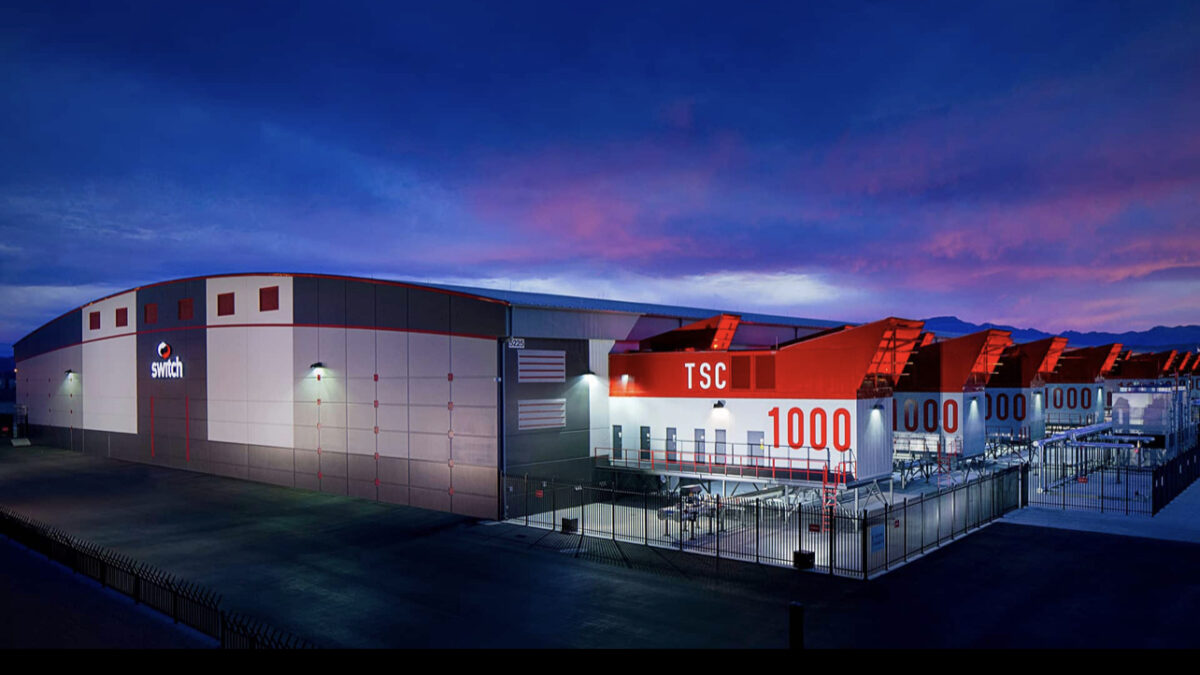The water problem: why data centres use so much and what can be done about it, Part 2

The water problem: why data centres use so much and what can be done about it, Part 2
By Fay Capstick
Last week we looked at the problem of the amount of water being used to cool the equipment in data centres and started to look at the alternative of liquid immersion cooling. This week we will further clarify the problem of water use in data centres and look at another alternative, air cooling.
So how much water can a data centre use?
This is an open ended question as it will depend on the method being used and the design of the data centre. However no water cooled options can be considered good for the environment.
Interestingly, water cooled systems will actually use less water than air cooled systems. Air cooled systems will use more resources in the form of electricity to power the equipment that they will need.
Some data centres will use a more efficient method of reusing the water they have drawn in, but others do not.
As an example Arizona is a very hot and dry climate, which makes it an unfortunate location for data centres. The climate means that air cooling isn’t a great option and water cooling is preferred. The CyrusOne (https://cyrusone.com/locations/arizona/phoenix-arizona-chandler/) data centre in Arizona uses evaporative cooling, which is a huge drain on local water in an area with limited water resources. This particular data centre uses 1.54 million gallons of water daily, which is a staggering amount.
A Facebook data centre in North Carolina uses 476,000 gallons of water a day for their evaporative cooling system.
Topping all of these users is the huge Switch data centre (https://www.switch.com/las-vegas/) in Las Vegas. Their short promotional video is worth a watch just to get an idea of the sheer scale of modern data centres. Using a combination of evaporative cooling and free air cooling, they manage to use an average of 4.5 million gallons of water daily. However it is not all bad news, as all Switch data centres have been running on 100% renewable energy since 2016. Further, they aim within the next decade to replenish 2x its annual water consumption so that they have a net positive water impact. They also have further projects in development to balance and restore their water footprint.
Air cooling
Air cooling is a more common method used by data centres to cool their equipment that isn’t reliant on water and all the associated impacts that it has in arid areas.
Air cooling is very simple and literally involves using cool air circulated around the server equipment to keep it cool. The air absorbs the heat and it is then removed from the data centre. Air that is drawn in is first filtered to make sure that it doesn’t contain anything that could damage the sensitive equipment. The warmed air is then sent outside of the data centre, using fans to aid in the circulation process.
There are two systems that can be used for air cooling:
Raised floor; with this design the cool air is distributed via a raised floor system which pushes the air upwards and into the server racks. The warmed air is then pushed back out by perforated floor tiles.
Ceiling plenum; with this design that cool air comes into the server room via ceiling vents. The air is then pushed down onto the servers before being removed from the room through vents in the ceiling.
What is the problem with air cooling?
The biggest draw back is that it is less efficient than other methods of cooling, such as liquid immersion (which we investigated last week), being as air is a less efficient heat extraction medium than liquid.
Further, it uses a lot of energy to power the fans required to shift the air around the data centre.
What are the benefits?
Air cooling is a simple and effective way of cooling data centres. Crucially for many making business choices, it is a also a budget friendly option.
Cold locations can limit the environmental strain
Air cooling is a good option in cold locations. This is because the air that is being sucked into the data centre is already cool, so less energy is required to cool it before it enters the server rooms. It very cold areas it is possible that no cooling is required, just filtering, before the air circulates in the data centre.
What about hotter climates?
Air cooling can also work in hotter areas. Evaporative cooling can be used to cool the water being sucked in. The air is cooled using the evaporative effect of cooling. However a huge drawback is that this method uses water, thus putting stain on the local water table.
Servers can also be positioned in such a way that helps to prevent the hot and cold air from mixing.
Next week will be the final part of our deep dive into data centres. We shall look at ways to reduce the overall environmental impact they create, including locating them underground where it is cooler.
Final thoughts
At Parker Shaw we have been at the forefront of the sector we serve, IT & Digital Recruitment and Consulting, for over 30 years. We can advise you on all your hiring needs. If you are looking for your next job in the IT sector please check our Jobs Board for our current live vacancies at https://parkershaw.co.uk/jobs-board
